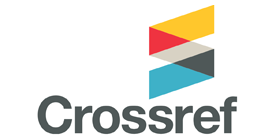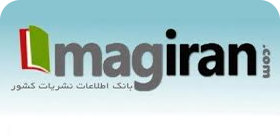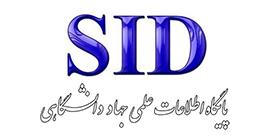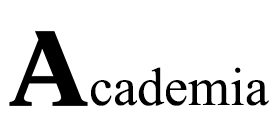Investigating the Relationship Between Talent Management Implementation Categories in the Basra Province Education Organization
Keywords:
Talent Management, Organization, EducationAbstract
Purpose: Talent management plays a crucial role in enhancing the quality of education and learning, especially within education organizations. Therefore, this study aimed to explore the relationship between the categories of talent management implementation in the education organization. Methodology: This research was applied in its objective and descriptive-correlational in its execution. The study population consisted of managers and employees of the Basra province education organization, from which 385 individuals were selected as the sample using Cochran's formula and a convenience sampling method. The research tool was a researcher-made questionnaire on talent management implementation in the education organization, comprising 63 questions. The data obtained from its administration were analyzed using exploratory factor analysis and partial least squares regression in SPSS and Smart PLS software. Findings: The findings indicated that the implementation of talent management in the education organization comprised six categories: causal conditions (with two components), contextual conditions (with three components), intervening conditions (with three components), the central phenomenon (with one component), strategies (with two components), and outcomes (with one component). The factor loading of all components was above 0.50 and significant, the content validity ratio above 0.70, and the Cronbach's alpha and composite reliability above 0.80. Moreover, the correlation coefficients of causal conditions, contextual conditions, intervening conditions, the central phenomenon, strategies, and outcomes were less than 0.45, indicating their distinctiveness. Additionally, considering the indices of communality and redundancy, the talent management implementation model in the education organization fitted well, and the effect of causal, contextual, and intervening conditions on the central phenomenon, the effect of the central phenomenon on strategies, and the effect of strategies on outcomes were significant (P<0.05). Conclusion: The designed model of talent management implementation in the education organization can assist managers, officials, and education planners in designing programs suitable for implementing talent management within the education organization.
















